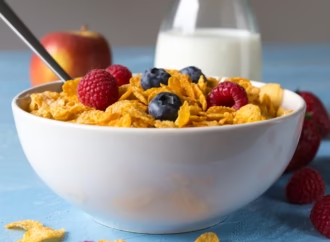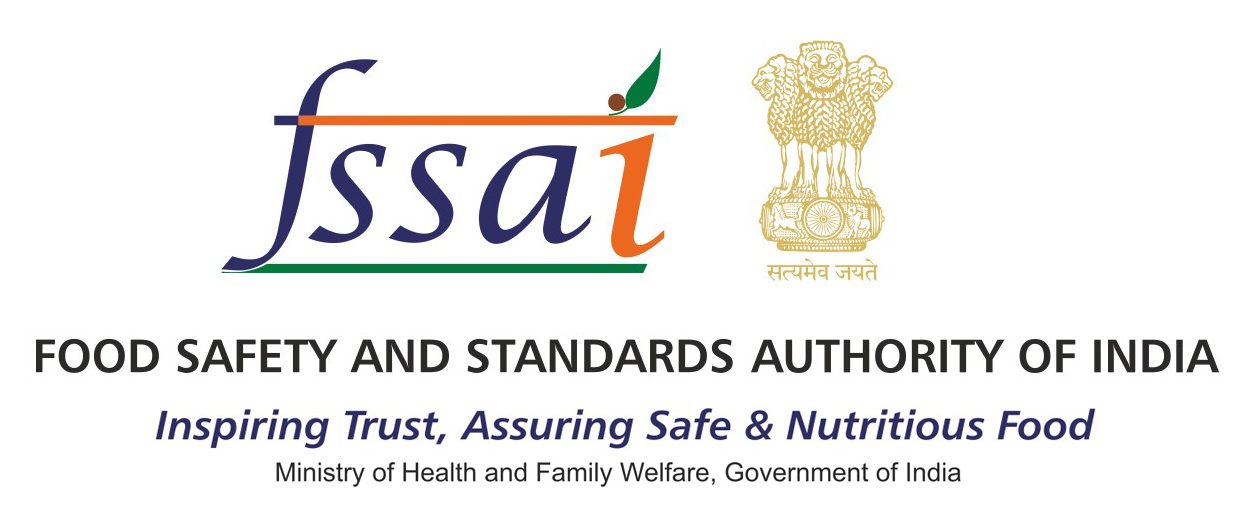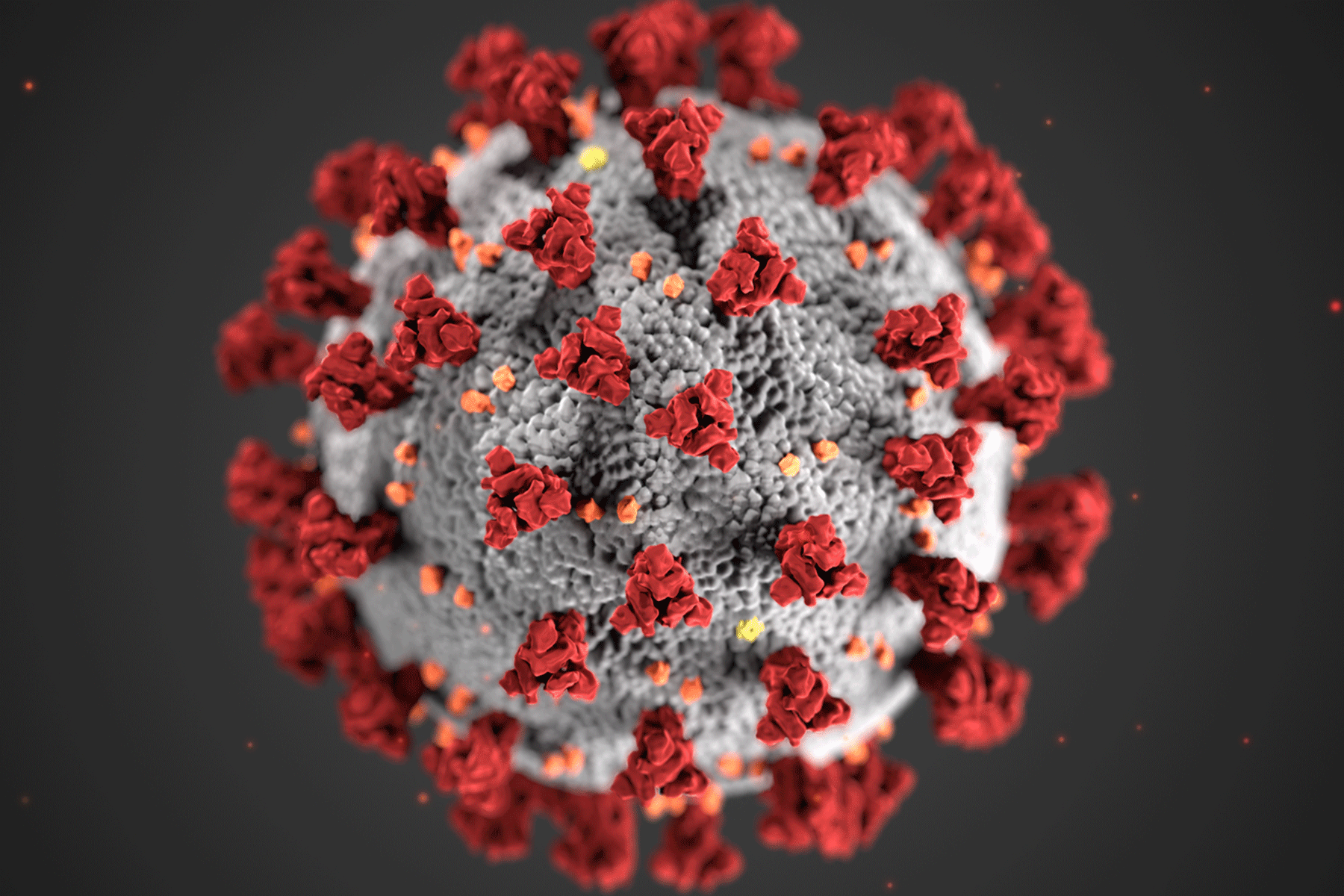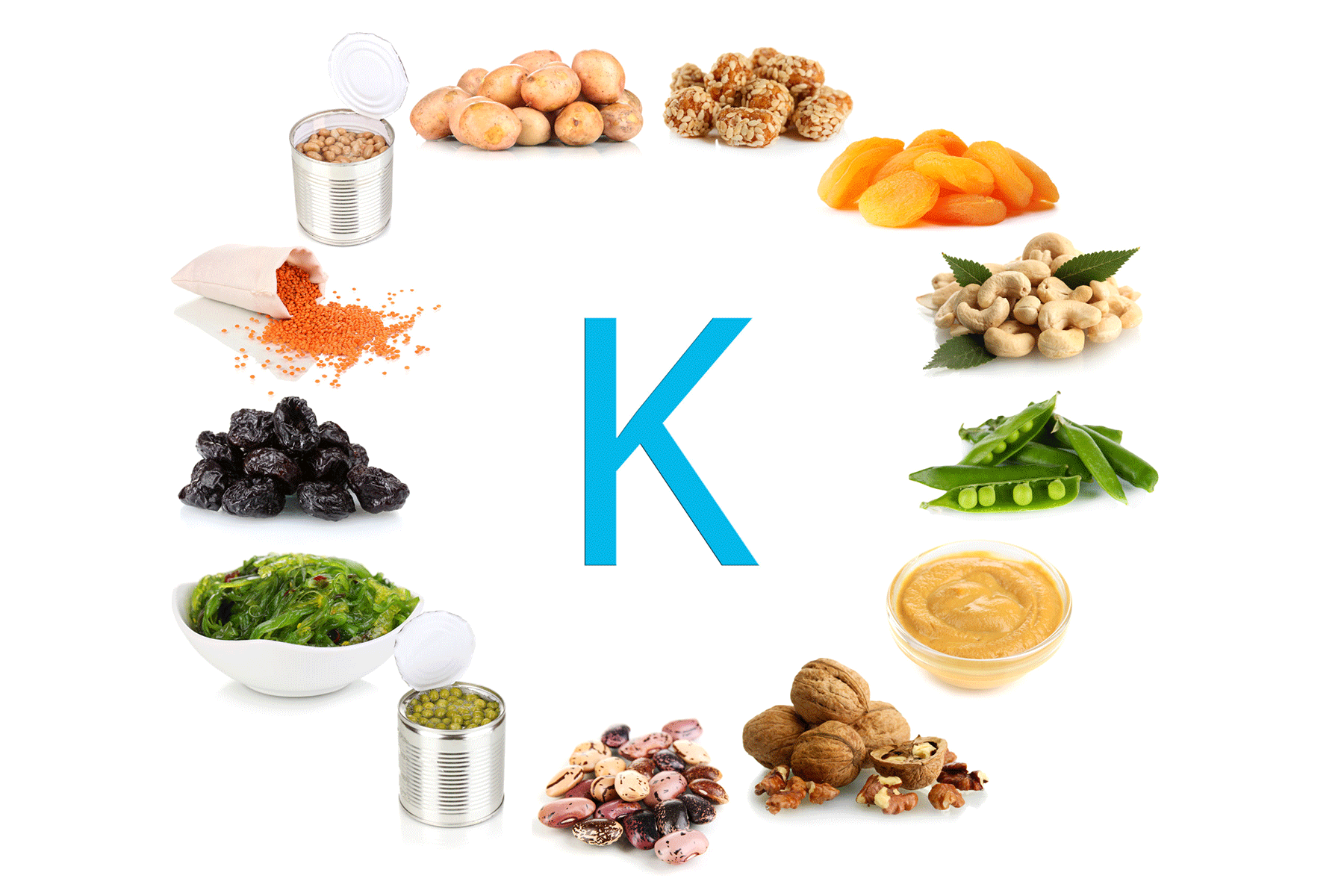Key Update
Supermarket shelves are packed with biscuits, drinks, and snacks labelled as high-protein, but many offer more marketing than meaningful nutrition. While protein is a trending buzzword, the actual boost in many fortified products is small and sometimes comes with hidden nutritional downsides.
What Makes a Food Protein-Fortified?
In India, a product qualifies as protein-fortified only if it contains significantly more protein than its original version. FSSAI requires at least 15% of the RDA (recommended dietary allowance) of the added nutrient per serving. Labels must clearly mention the source and amount of added protein, but current norms still allow vague or overstated claims. Many products marketed as high-protein deliver just 2–5 grams per serving—too little to make a real difference. Protein-fortified snacks begin to have an impact only when they offer around 8–12 grams of high-quality protein per portion.
Where Does the Added Protein Come From?
Common protein sources include whey concentrate, casein, soy isolate, pea protein, and protein extracted from chickpeas or lentils. Whey and casein generally offer the best amino acid profile, while plant proteins may be incomplete unless paired well. Isolated proteins in bars and shakes digest quickly and may support faster muscle recovery. Overall, the body similarly uses amino acids, even if metabolic responses vary slightly.
Red Flags to Watch on Labels
Misleading practices include:
- High-protein claims with very little protein
- Unclear or undisclosed protein sources
- Hidden sugars and excess sodium
- Confusing serving sizes
- Missing amino acid profiles
- High-calorie or high-fat snacks are marketed as healthy
Who Benefits from Protein-Fortified Foods?
Fortified products may help:
- Children
- Elderly people
- Vegetarians and vegans
- Athletes
- People recovering from illness
Those with kidney disease, metabolic issues, or dairy/soy allergies should avoid or use them cautiously. Healthy individuals already meeting protein needs generally do not require fortified snacks.
Are Current Guidelines Enough?
FSSAI provides a basic framework, but experts believe standards need tightening. Clearer definitions, stronger criteria for minimum protein levels, and better monitoring of claims are necessary to prevent misleading labels.
Source: Business Standard
 Food Manifest
Food Manifest 
















